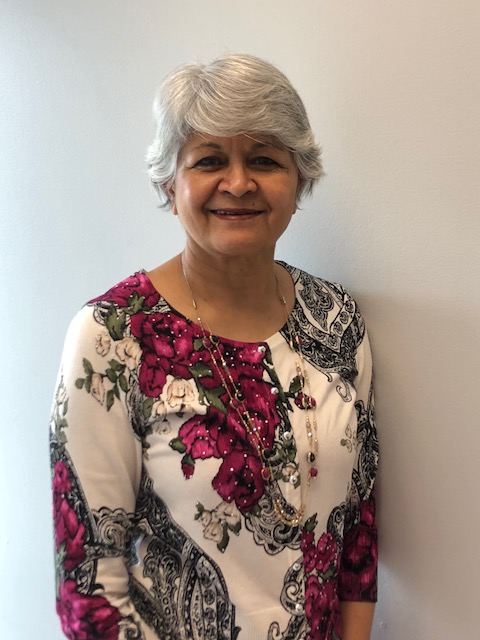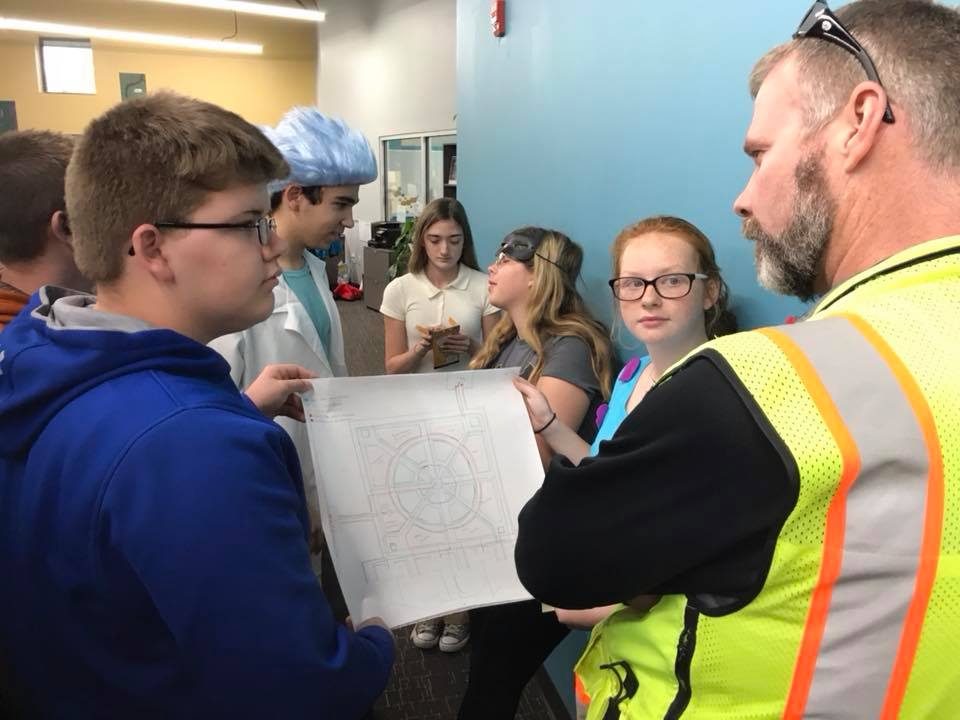Many STEM schools tailor their curriculum so that graduating students are qualified to land jobs at nearby companies. One school in far southern Ohio is training students to work for employers in three states. Tri-State STEM+M Early College High School, located in South Point, in Lawrence County along the Ohio River, serves students in the Buckeye State as well as nearby Kentucky and West Virginia. Because the major regional employers are health-based, the STEM school has added an “M” to tout its medical emphasis. And, the school recently received a large donation from a regional hospital to help fund a bio-med program. For details about the school and the donation, we contacted Tri-State’s founding director, Jayshree Shah:
Q: Tell us about your school: When did it open, what is its mission and whom does it serve?
 A: We opened in fall 2017, and we currently have 55 students from Ohio, West Virginia and Kentucky.
A: We opened in fall 2017, and we currently have 55 students from Ohio, West Virginia and Kentucky.
We are an intellectually vibrant public high school option for students in grades nine through 12. The majority of our students are in grade nine, and about 10 are in grade 10.
Our mission is to inspire all students to achieve personal excellence, pursue world-class STEM+M education and become self-directed lifelong learners.
Q: Is there a selection process for students? Do they pay tuition?
A: We do not have a selection process for students. If we reach our full capacity, then we will have a lottery system. For students who are attending our school from out of state, there is a tuition rate that was set by the Ohio Department of Education.
Q: With students coming from the tri-state area, do you have to satisfy education standards from the three states?
A: Technically, students from the tri-state area are attending an Ohio public school, and students will fulfill the graduation requirements set by the Ohio Department of Education.
Q: Tell us about the STEM+M emphasis: How do you incorporate the medical aspect into your curriculum?
A: “+M” means “medicine.” The tri-state area’s largest employers are in the medical field. We have five major hospitals located in the tri-state area, so most of the jobs are in health-related fields, and the mobility rate is pretty high among the three states.
Besides offering regularly required science courses, we have an emphasis on advanced courses in biochemistry, chemistry, anatomy and physiology, honors biology and math.
With our partner, the Marshall University medical school in Huntington, West Virginia, we have established a medical speaker series. Marshall medical students will introduce our students to topics such as blood chemistry, heart anatomy and physiology (because of the healthy heart design challenge) and first aid. The medical students are mentors to our students who are in the medical pathway, and they keep in touch with our students on a regular basis.
Q: You evaluate your students using mastery assessment. What is mastery assessment, and how is it implemented at your school?
A: Mastery assessment demonstrates competency at 80 percent or above on a given benchmark task, and students must achieve mastery to receive credit for a course. This defines high expectations and demands top academic performance from students.
Q: Has your participation in the Innovative Leaders Institute (ILI) guided your work at your school?
A: By participating in ILI, I was able to get lots of ideas on different aspects of STEM curriculum, how to develop partnerships and how to stage community events, all of which I hope to implement at our school.
Q: Tell us about the recent pledge of $35,000 to your school from the Cabell Huntington Hospital in Huntington, West Virginia. How did the donation come about, and how will you use it?
A: We are very thankful to Cabell Huntington Hospital for donating money to us. This money will be used to fund our Project Lead the Way (PLTW) bio-med program.
We knew that we wanted to implement the PLTW program and needed resources for the class. We submitted a letter along with our bio-med implementation plan to Cabell Huntington Hospital, and we are so thankful that the administration there took an interest in our school. We are hoping to have a stronger partnership with the hospital as we progress.
Q: Do you plan to add more grade levels and when?
A: We will be adding a grade level every year and eventually be a ninth- through 12th-grade high school.
Q: What can other schools learn from your success?
A: It is possible to achieve your dreams with hard work and persistence. We concentrate on the positive things that are happening in our school, and we learn from our mistakes.
